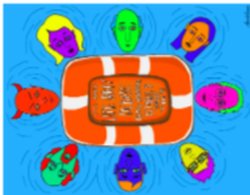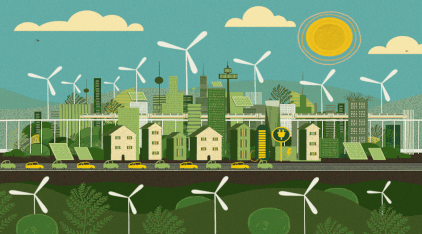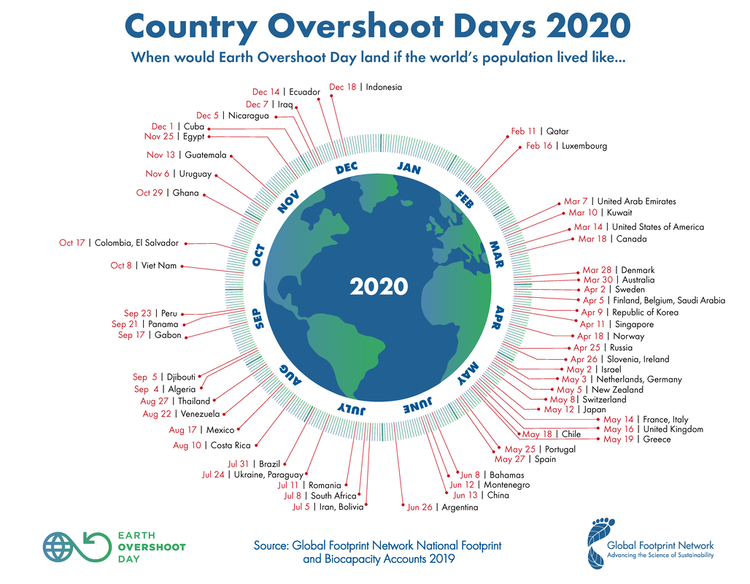Unit 1: Sustainable Futures
Statement of Inquiry
Sustainable practices benefit both people and the environment and help create a more prosperous future.
Key Concept: Systems
Systems are sets of interacting or interdependent components. Systems provide structure and order in human, natural and built environments. Systems can be static or dynamic, simple or complex.
For individuals and societies, systems thinking provides a powerful tool for understanding both natural and human environments, and the role of individuals within them.
For individuals and societies, systems thinking provides a powerful tool for understanding both natural and human environments, and the role of individuals within them.
Key Vocabulary
Introduction: From Thanos to Tommy
|
|
|
Note Sheet: Thanos starter notes
Earth Overshoot
Can Societies Collapse?
|
|
|
|
Reading: What happened on Easter Island?
Podcast & reading: Collapse - What you will learn
Wiki: Societal collapse
|
|
|
|

Theroies on Population vs Resources
Note Sheet: Theories on population and resources
Quiz: Who said it - Thanos or Malthus?
Article: Thanos applies Malthusian theory incorrectly
|
|
|
|
Geofact Sheet: Malthus vs Boserup
Article: How many people can earth support?
Article: Collapse of civilization within decades certain
Article: Empty half the earth of people
Video: David Attenborough - How many people can live on Planet Earth?
Article: How many people can earth support?
Article: Collapse of civilization within decades certain
Article: Empty half the earth of people
Video: David Attenborough - How many people can live on Planet Earth?

Population vs Resources Lifeboat Debate
LIfe boat task instructions
Group note taking template
Debate note taking sheet
Group note summaries
LIfe boat task instructions
Group note taking template
Debate note taking sheet
Group note summaries


